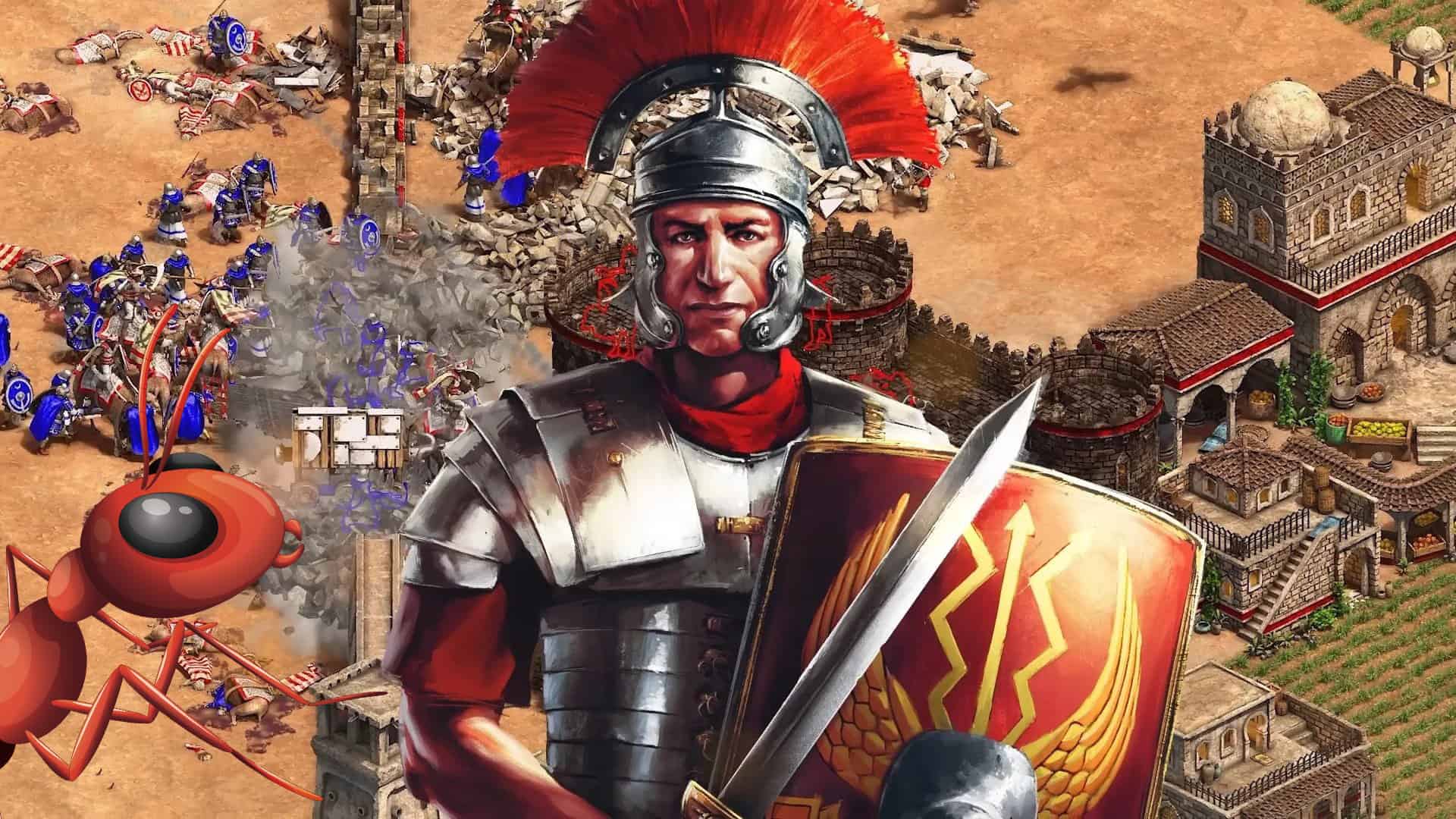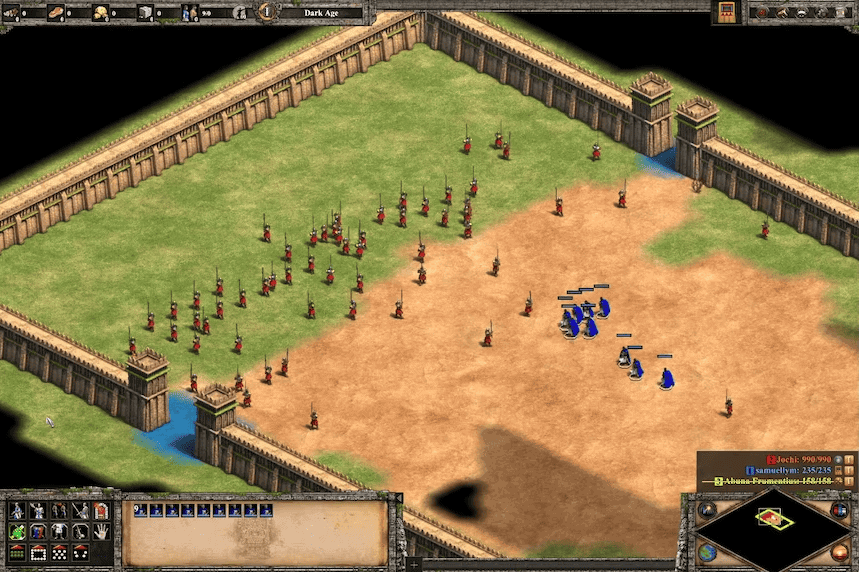
Since organized warfare first began, generals have faced a classic dilemma: Should you flood the battlefield with a multitude of weaker conscripts, or deploy a handful of elite fighters? If you mix and match, what would be the optimal ratio to ensure battlefield success? These questions don’t just belong in the annals of military history but also pertain to nature.
Ant societies, for instance, are quite similar to humans when they clash in violent conflict with each other. In Australia, such conflicts could mean the difference between life and death — not just for the individuals engaged in the fight, but for their entire species.
Now, scientists have turned to an iconic real-time strategy video game many of us played in our youth to better understand why large and meaty native ant species are getting hammered by the smaller but more numerous invasive Argentinian ants.
Of Ants and Empires
Researchers at the University of Western Australia simulated battles in the video game Age of Empires II (1999) with real-world ant skirmishes. In order to better understand the mechanics of group combat, the scientists turned to Lanchester’s laws. These laws state that the outcome of group battles depends on the individual fighting strength of soldiers or units and the number of units in opposing armies.
The researchers then adapted Lanchester’s laws to nonhuman combat and used them to validate their theoretical predictions in simulated and real-life battles between native and invasive ant species.
In Age of Empires, the researchers pitted Elite Teutonic Knights — units with high combat strength — against Two-handed Swordsmen, your run-of-the-mill fighting units. They found that in one-on-one matches, the Knights triumphed as expected. But the tide turned when five or more Swordsmen joined forces.
The researchers played the game in a series of different scenarios. For instance, during one iteration, they formed a team of nine Knights who faced a variable number of Swordsmen in a terrain of varying degrees of complexity. Nine Knights lost to 50 Swordsmen in simple flat terrain, but the same team of Knights beat 70 Swordsmen who were fighting uphill in a complex environment. The lesson: a mass army does well in flat terrain but offers diminishing returns when fighting in complex terrain.

What about the ants? Well, our researchers had a face-off between Argentine ants and Australian meat ants. This time, this was no computer simulation. The opposing forces were pitted against each other in the lab.
On paper, the Australian meat ants have a clear advantage—being almost four times the length of their Argentine counterparts and nearly 40 times their mass. However, the Argentine ants live in much larger colonies, so they can compensate with sheer numbers.
However, now may be a good time to mention how experiments in controlled environments don’t stack up very well with reality. When the researchers tried to replicate the one-on-one benchmarking Age of Empires style, literally nothing happened. Although it was much larger, the meat ant wasn’t interested in attacking the lonely, small Argentinian ant. When combat did occur between the two, the Argentinian ant was always the aggressor but was killed by its larger foe.
The Age of Empires comparisons also fell short when the researchers pitted a group of Argentine ants against a single meat ant. Turns out they weren’t interested in fighting at all. However, when the numbers swelled on both sides, the ants started lusting for blood.
During trials, 20 meat ants faced anywhere from 5 to 200 Argentinian ants. In all situations, the Australian ants won, wiping out all their invasive opponents within a 24-hour timeframe. However, the number of meat ants that were lost increased with the number of Argentine ants they had to face. And, like in Age of Empires, the more ‘elite’ meat ants suffered fewer casualties when fighting in more complex terrain compared to a simple flat enclosure.
Tiny insect, big problem
Using a video game like Age of Empires to model real-world situations like ant-to-ant warfare is certainly creative, but isn’t it rather unscientific? Not necessarily. The units in Age of Empires are all very uniform. Each unit has the same hit points, damage, and movement stats — with a bit of random variability to add flavor. Conventional mathematical models aren’t all that different although, ironically, they’re much easier to use in practice.
“What you want to do is set up exactly the same scenario over and over again, run it in a very repetitive fashion, and not interfere too much,” lead author Samuel Lymbery told ABC.
“This is probably the most boring way to play a video game.”
As for the practical implications of the findings, the researchers’ goal was to learn more about how ants fight in order to help the native meat ants become more resilient against foreign invaders. Conservation programs could, for instance, focus on adding more undergrowth and more environmental complexity in urbanized areas, which favor the native ants.
The findings appeared in the journal PNAS.






